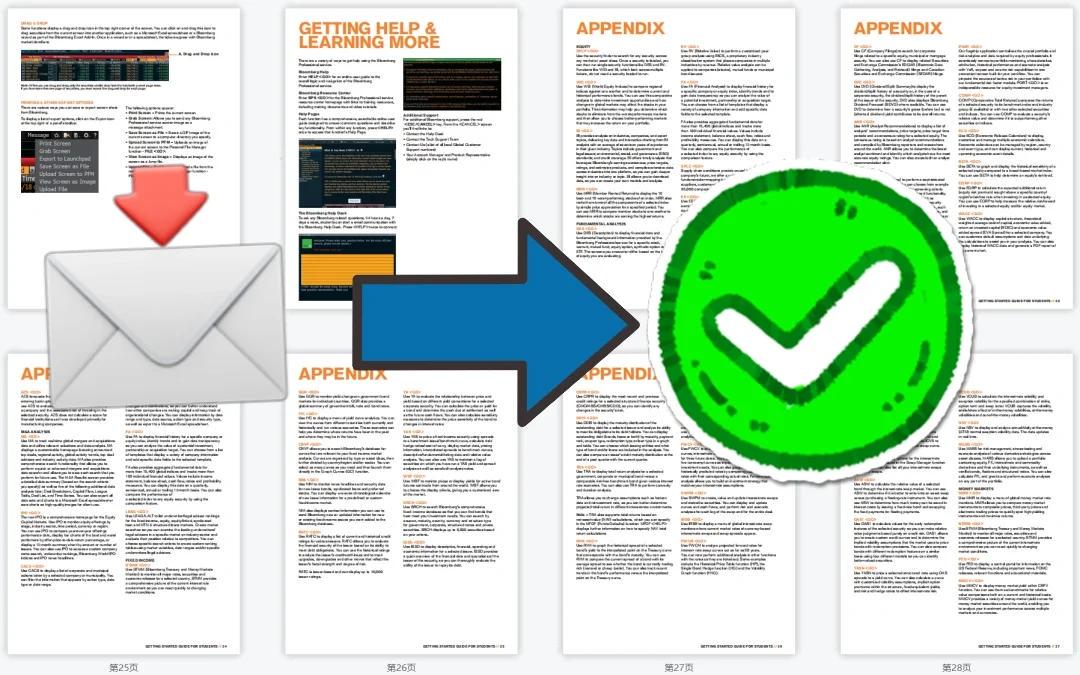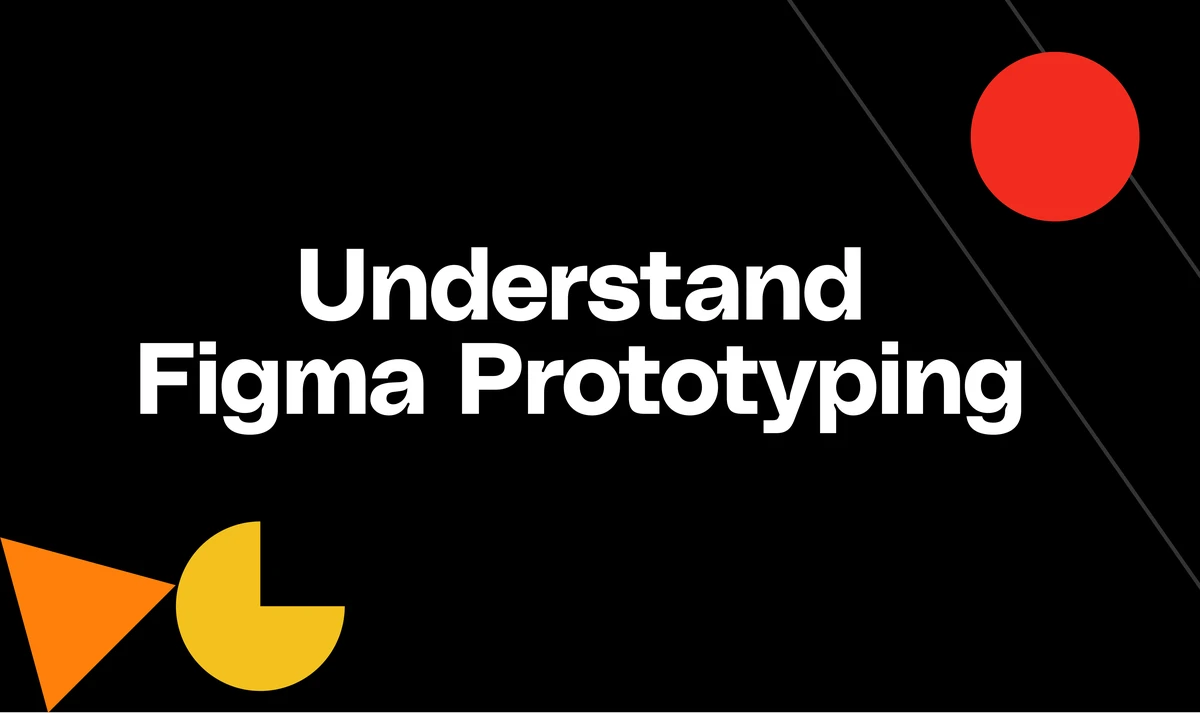=====================================
Introduction
Fear of Missing Out (FOMO) is not limited to retail investors chasing quick gains. Even institutional traders—those managing billions for hedge funds, pension funds, and large asset managers—are not immune to the psychological pull of market momentum. The FOMO effects on institutional traders can alter risk management frameworks, execution quality, and long-term strategy alignment. With algorithmic trading, 24⁄7 crypto markets, and global financial competition, institutions face constant pressure to capture opportunities before rivals.
This article explores how FOMO impacts institutional decision-making, highlights positioning errors caused by psychological biases, and compares two effective strategies institutions use to mitigate these risks. It also integrates practical insights from the latest market behavior and professional trading experience.
Understanding FOMO in Institutional Context
What is FOMO in trading?
FOMO in trading refers to the fear of missing profitable opportunities, often leading to impulsive entries, oversized positions, or deviations from strategy. While it is often discussed in retail circles, institutions face unique challenges: performance benchmarking against peers, quarterly client reporting, and pressure to outperform indexes.
Why institutional traders are vulnerable
- Peer pressure – Missing a sector rally (e.g., AI stocks in 2023 or crypto surges in 2021) risks underperformance relative to compe*****s.
- Client expectations – Institutional investors often face aggressive client demands for returns, which can drive risk-taking.
- Media influence – Headlines amplifying “the next big trade” can accelerate groupthink among institutions.
- Liquidity dynamics – In thin markets, fear of losing an early entry can push institutions into slippage-heavy execution.
Institutional trading desks must balance psychology with data-driven frameworks.
Institutional FOMO Case Studies
Example 1: Tech rally and benchmark pressure
During the 2020–2021 tech rally, many funds initially underweighted high-growth stocks. As momentum continued, FOMO drove late entries at peak valuations, leading to heavy drawdowns when corrections followed.
Example 2: Crypto adoption by hedge funds
Several hedge funds entered Bitcoin positions in 2021 at elevated prices due to pressure not to “miss the wave.” When markets corrected, funds experienced risk-adjusted underperformance versus peers that remained disciplined.
Strategies to Manage FOMO in Institutional Trading
1. Quantitative Discipline and Risk Controls
Quantitative frameworks can reduce the impact of emotional decisions by setting pre-defined entry and exit rules.
Advantages
- Objective, data-driven decision-making.
- Reduces susceptibility to media or peer-driven hype.
- Enhances consistency across traders and desks.
Limitations
- Models may lag in unprecedented market regimes.
- Strict adherence can lead to missed “outlier” opportunities.
For deeper insights, institutions often review guides on how FOMO affects quantitative strategies, since system-based approaches must adapt to human-driven market surges.
2. Staggered Position Adjustment and Time-Based Allocation
Another approach is phased entry and scaling strategies, where traders commit capital gradually instead of in one impulsive trade.
Advantages
- Reduces exposure to sudden reversals.
- Provides flexibility to adjust based on evolving market signals.
- Allows alignment with longer-term investment theses.
Limitations
- Slower reaction time may reduce upside capture.
- Requires sophisticated execution algorithms to manage slippage.
This method ties closely to understanding where FOMO fits in trading psychology, since breaking trades into smaller, logical steps helps curb impulsive moves.
Comparing the Two Approaches
| Strategy | Key Strength | Key Weakness | Best Use Case |
|---|---|---|---|
| Quantitative Discipline | Removes emotional bias | May lag in novel situations | High-frequency and systematic strategies |
| Staggered Adjustment | Provides flexibility and control | May reduce short-term upside | Swing trading and long-horizon allocation |
Recommendation: A hybrid model—quantitative entry signals combined with staggered scaling—offers the strongest protection against institutional FOMO effects.

Latest Trends in Institutional FOMO
- Crypto adoption pressure – Even conservative institutions are experimenting with digital assets to avoid being seen as “behind.”
- AI-driven strategies – Funds are rapidly onboarding AI tools for execution, sometimes driven more by hype than ROI analysis.
- Sustainability investments – Green finance is seeing rapid institutional inflows, with some decisions arguably driven by FOMO in ESG performance benchmarks.
Behavioral finance highlights cyclical patterns of greed, fear, and FOMO.

FAQ: Institutional FOMO Explained
1. How does FOMO impact institutional portfolio returns?
FOMO often leads to buying late in a rally, where risk-reward ratios are unfavorable. This can cause underperformance during corrections, damaging both short-term returns and long-term client trust.
2. What risk controls help institutions mitigate FOMO?
Effective methods include:
- Pre-trade checklists to enforce discipline.
- Position sizing models that cap exposure during hype cycles.
- Peer-relative analysis to contextualize missed opportunities.
3. Are institutional traders more disciplined than retail traders?
In general, yes. Institutions use risk committees, compliance checks, and quantitative oversight to reduce behavioral biases. However, performance benchmarking and client reporting cycles still make them vulnerable to FOMO pressures.
Conclusion
The FOMO effects on institutional traders are both subtle and powerful. Even with sophisticated models and risk teams, institutions face immense pressure from benchmarks, media, and client demands. Two effective strategies—quantitative discipline and staggered position adjustments—provide strong defenses against irrational decision-making.
By combining structured models with flexible scaling, institutional desks can navigate FOMO without sacrificing opportunity capture. In an era where competition is global and markets never sleep, mastering this balance is critical for long-term survival.
If you found this article insightful, feel free to share it with colleagues, comment with your perspective, or discuss how your team manages institutional FOMO.
Would you like me to also prepare a visual infographic summarizing the hybrid FOMO-mitigation strategy for easier sharing on LinkedIn and Twitter?

0 Comments
Leave a Comment